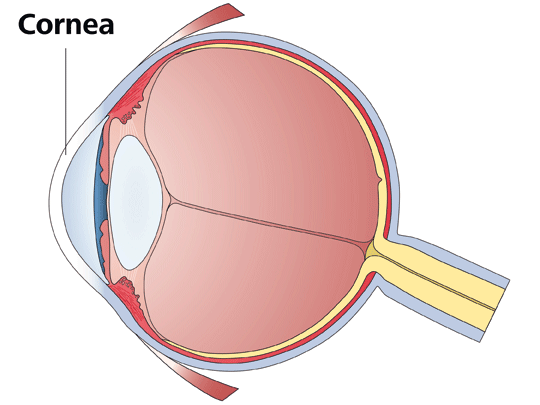Modes of Transmission

All year round, adenoviruses are responsible for many infectious diseases, including epidemic keratoconjunctivitis (EKC), which is currently spreading rapidly.
Typical symptoms of the epidemical conjunctivitis include sudden redness of the eyes, ring-shaped swelling of the conjunctiva, and swelling of the lymph nodes in front of the ear. Additionally, the infection is associated with sensitivity to light, itching, watering, and foreign body sensation. The swelling involves inflammatory drooping of the upper eyelids.
Transmission of EKC primarily occurs via smear infection, in some cases also via droplet infection. Transmission paths are the hands and contaminated objects. Direct human-to-human transmission via eye discharge is possible.
The time between being infected and the beginning of symptoms is between 5 to 12 days. Risk of infection persists as long as the viruses are detectable in secretions, which is usually the case for a time period of two, sometimes even three weeks.
In 20 to 90 per cent of the cases, corneal inflammation also occurs one week after onset of the disease. The disease lasts two to four weeks, with corneal clouding that may even exceed this time period. Usually, the eye heals completely; in rare cases, visual acuity remains impaired permanently. Severe, sometimes even life-threatening courses of disease may occur in people with general weakness, in case the infection spreads to other organs.
Once recovered from the infection with adenoviruses, the body develops immunity against the respective virus variation. However, re-infection is possible due to the high number of widespread types of adenoviruses. Adenoviruses are extremely environmentally resistant and are able to survive for weeks at room temperature, for example on toys. There is no virus-specific therapy or vaccination. Hence, only symptoms can be treated.
